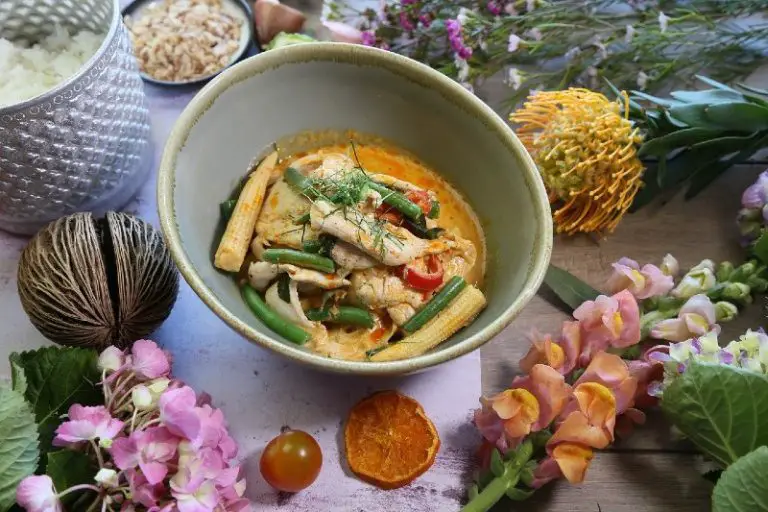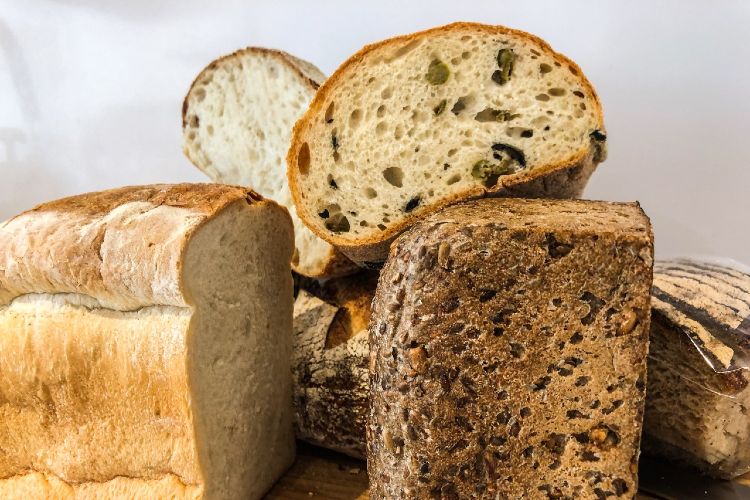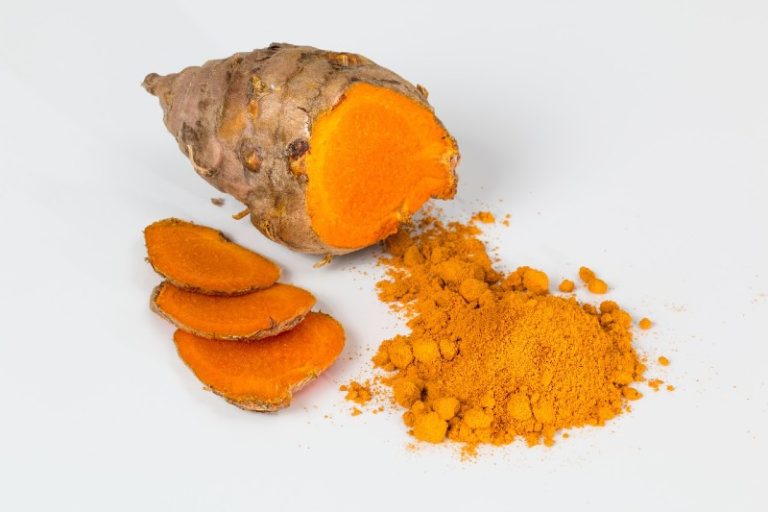A History of Food Photography in The 1990s
This article focuses on the selective focus technique that was introduced to food photography in the 1990s. At this time, the aesthetics of food photography were completely revolutionised by Australian magazine editor and food stylist Donna Hay.
Instead of everything in the image being in focus, shallow depth of field was used. Having only a fraction of the food in focus meant that it didn’t matter what was in the background so much as the food was the centre of attention. Everything was immaculate – on a white background, shot either above or from the side, very minimal but with bright and vivid colours. Food Stylist, Stephen Parkins- Knight recalls food photographer Con Poulos as a vital advocate in the popular trend and he is still looked upon as one of the most influential photographers of the 1990s.
Through Donna Hay magazine art directors and photographers pioneered this technique of using shallow depth of field. Because only a small part of the food was in focus, photographers would not need a food stylist. It also meant they could work in natural light using a wide aperture, because more light could enter the lens, allowing food photographers to work anywhere, not just in the studio.
Instead of the harsh tungsten lights of the 1980s, there was a progression towards just a single soft box, which then moved onto photographers using natural daylight in the late 1990s.The style moved to the UK around 1997 and it developed into magazines, cookbooks and advertisements. It was also at this time that BBC Good Food magazine celebrated its eighth birthday and food magazines started to become more popular. Most publications had increased their cookery coverage, supermarkets launched their own magazines and there was massive upsurge in food cookery shows on television. The demand for food photography had greatly increased since the release of the first issue.
The 1990’s technique to feature close-ups of naturally lit food in highly selective focus, significantly contrasted to the ‘everything in focus’ and highly styled images of the 1980s. The relaxed manner of the images gave consumers the idea that anyone could make good food. By having that blur in the photo, the dish appears softer, less concerned with objectivity and more with artistic impression. This led to a significant change in the sales of cookbooks. By the late 1990s, illustrated cookbooks became more popular than those that were not illustrated. It had gone so far that despite their extensive recipe content, people were less interested in un-illustrated cookbooks but instead wanted the full-on close-ups of perfectly placed dishes, expecting to be made hungry in-between meals.
The images were reminiscent of still life paintings as shallow depth of field gave food products a soft, natural look.However, the Donna Hay style was being used excessively, with little of the food in focus. While selective focus was particularly handy for creating visual interest in spoonable food like casseroles and stews, food publications were using the technique excessively, to the point where readers could not see what the food actually was. Eventually, it seemed that no food was photographed without selective focus; the technique was used and abused throughout the industry.
New Zealand photographer Ian Batchelor was an early adopter of short focus. For him, the thinking behind it was to draw attention to the important aspect of the photograph, separating and framing it with the bokeh, or blurred effect. He had seen this used to great effect but also where the effect had been used without any understanding and randomly selecting part of the image to be in focus.
This style influenced cookbooks like Marie Claire Kitchen, published in 2004. Photographs by Petrina Tinslay created not only a beautiful cookbook but also a giant food picture book. Over half the pages display a full-page image spread and the images are much larger than those in magazines.
Since then, the extreme use of this technique has receded slightly. Olive magazine, launched in 2003, tended not to use it – it wasn’t ‘in fashion’ anymore but they also wanted to show all of the food in order to properly illustrate their recipes. The aesthetics of the style remain; day lit images are still much ‘in vogue’.
Olive magazine now uses shallow depth of field to suggest narrative to the image. The cover image (to the right) shows the front dessert in focus, while the back one is not, suggesting a dessert course for two, although the viewer will actually eat only one. The shallow depth of field allows text to be incorporated flawlessly.
The last decade saw vast changes in food photography. Digital cameras eliminated Polaroid tests and shooting everything perfect first time. Digital manipulation allowed backgrounds to be changed in Photoshop or stray crumbs removed in post-production. Flash replaced tungsten lights while many contemporary food photographers used daylight from a window or combined one light with multiple reflectors to bounce light.
Food photography shifted in 2004 when Marks and Spencer‘s memorable television campaign pushed ‘food porn’ into the spotlight. No longer were we seeing shots with shallow depth of field and clean white backgrounds; movement and texture became the key aspects of interest. Seductive voiceovers accompanied oozing chocolate puddings, drizzled sauces and meat being craved. Juices trickled in slow motion, intensifying the portrayal. To leave you wanting more I’ll discuss ‘food porn’ in more detail in my next article.
Further Information
Helen Grace Ventura Thompson’s website : www.helengraceventurathompson.com
Follow Helen on Twitter: @hgvthompson



